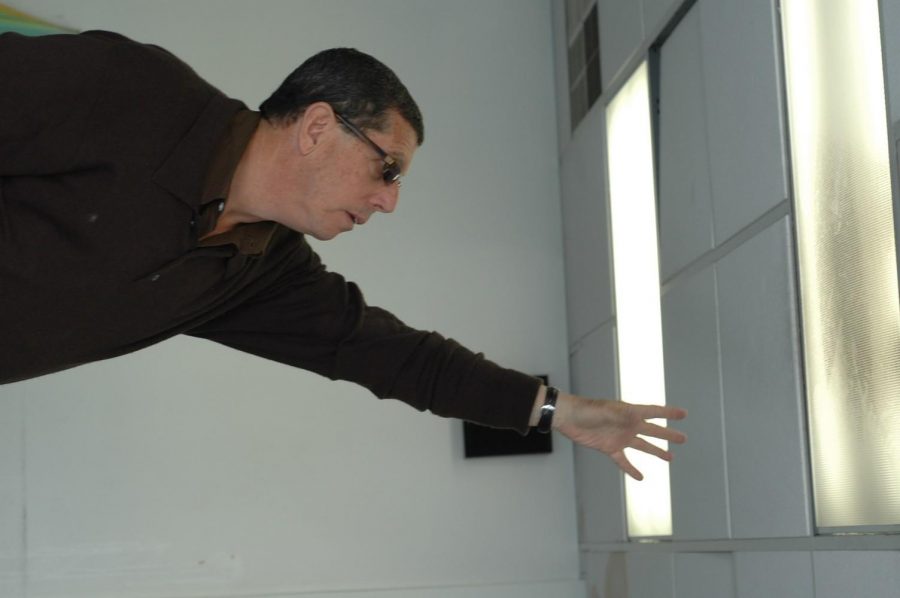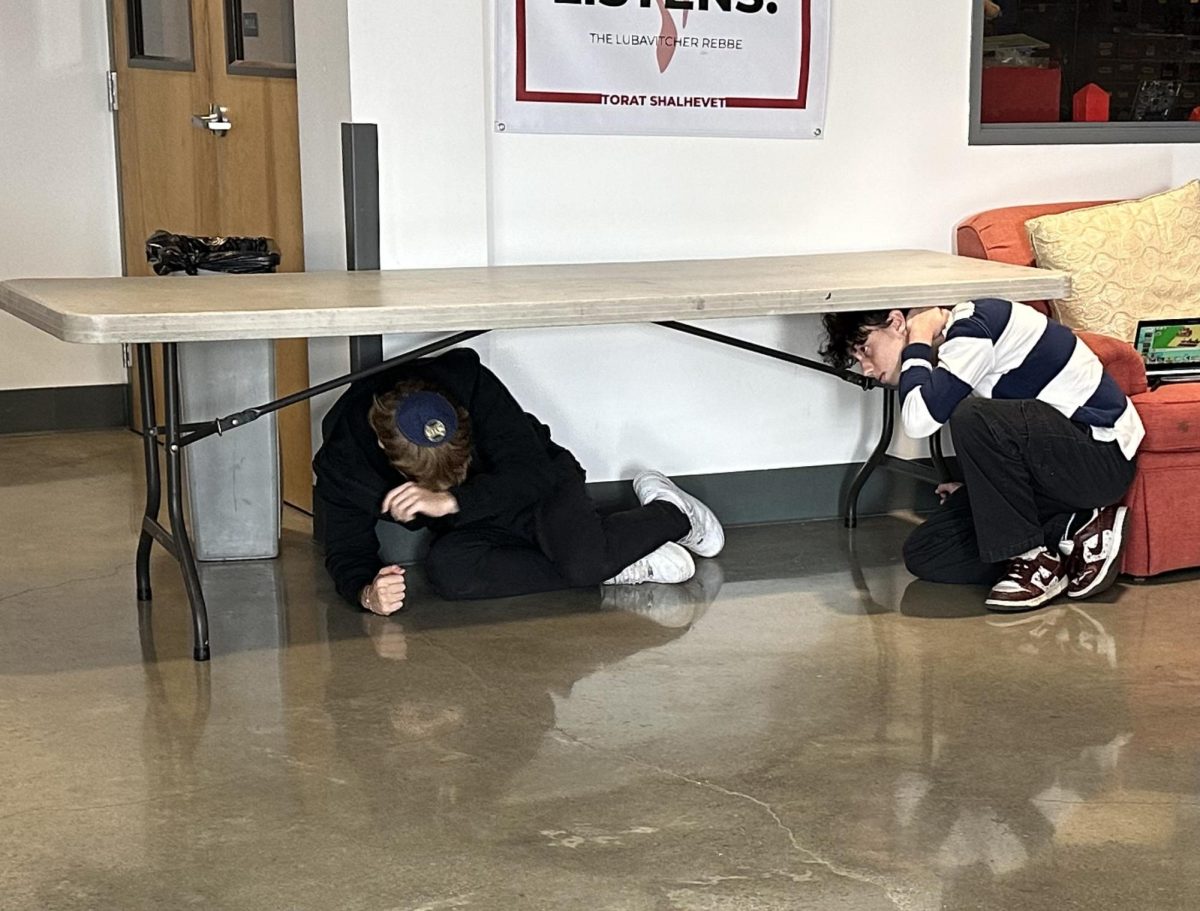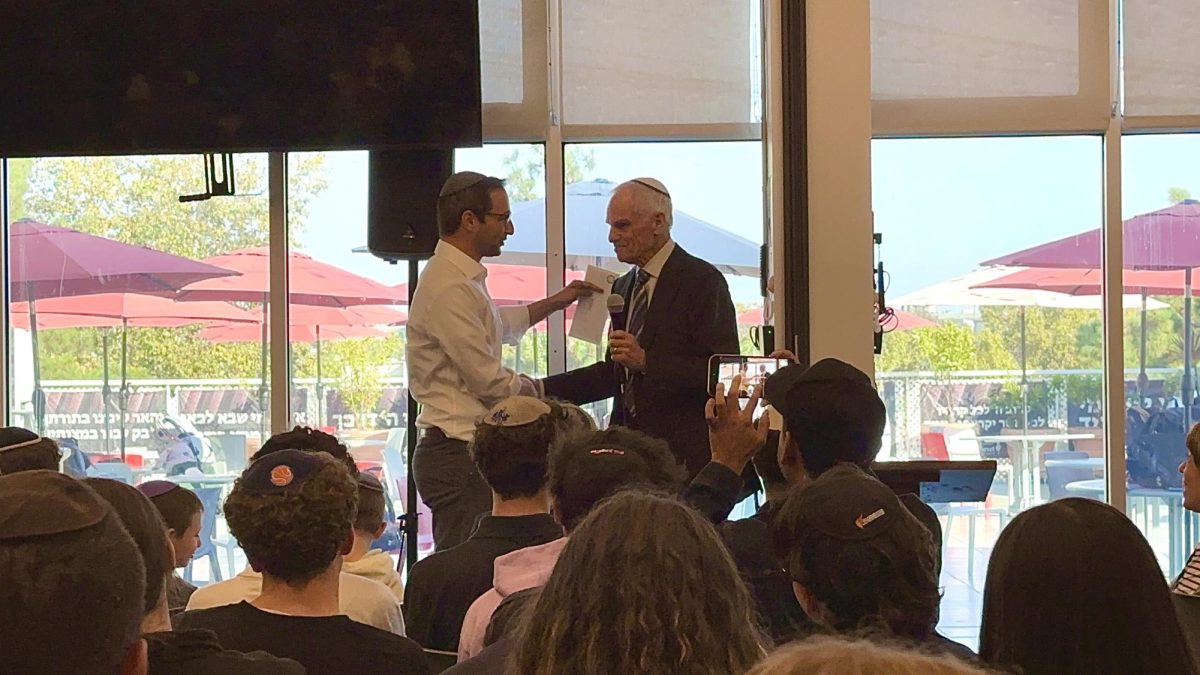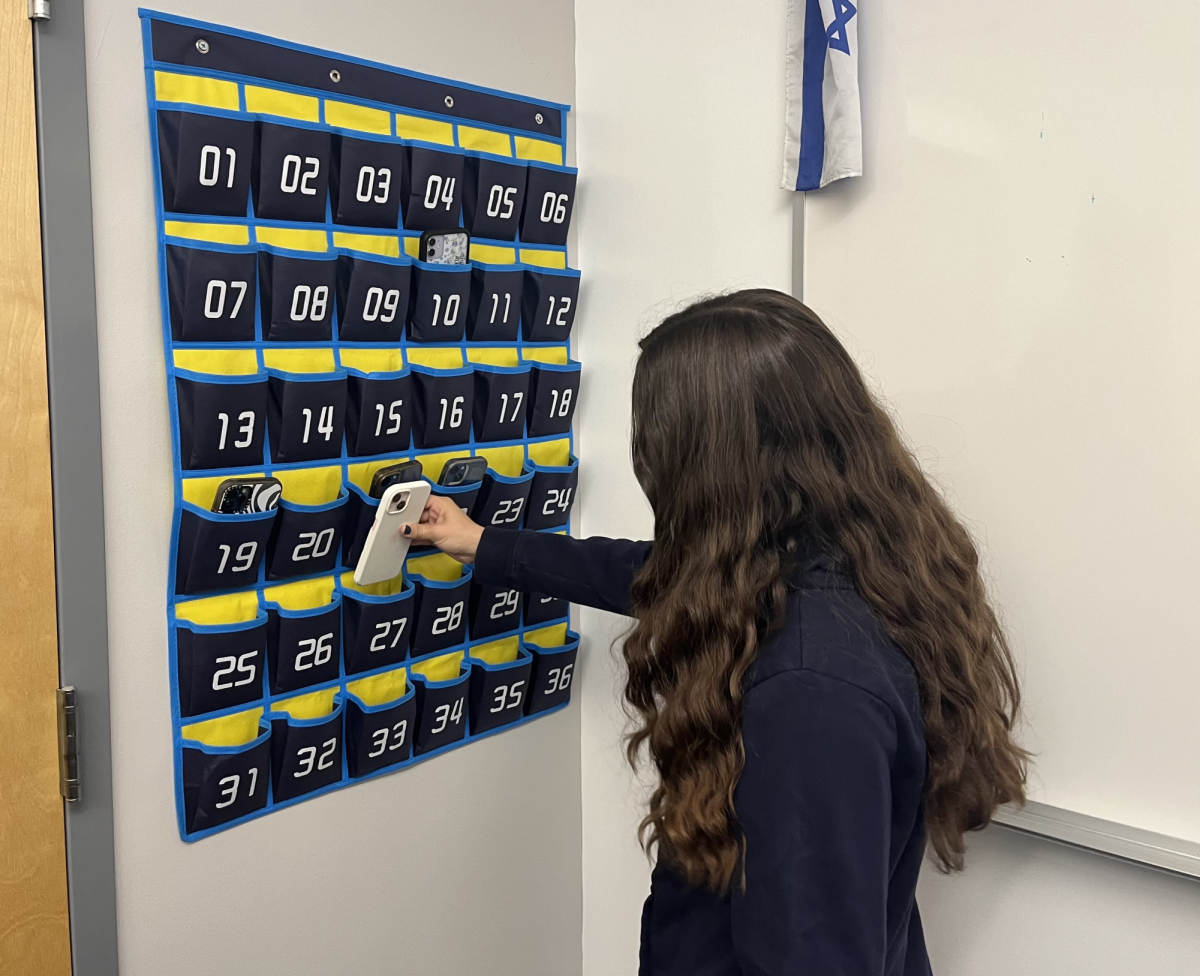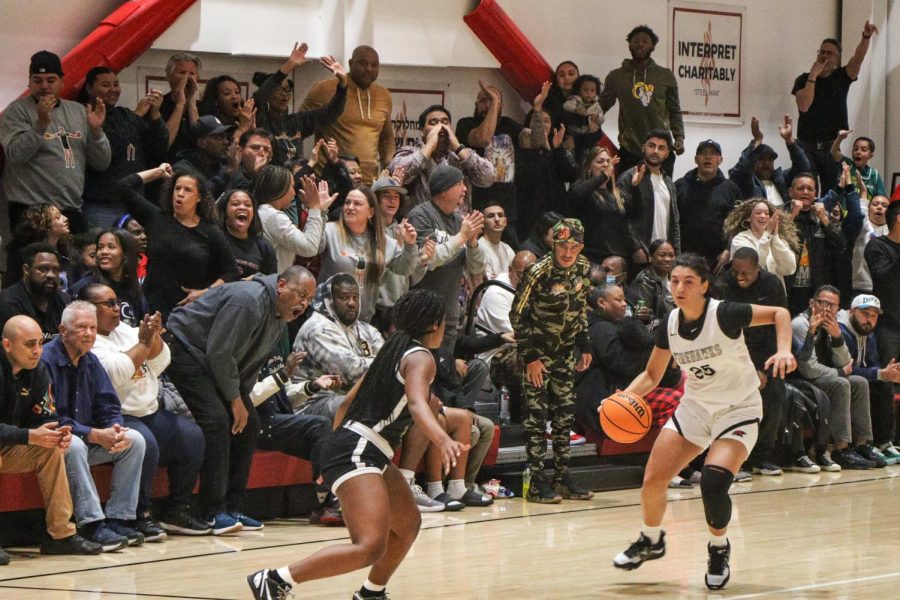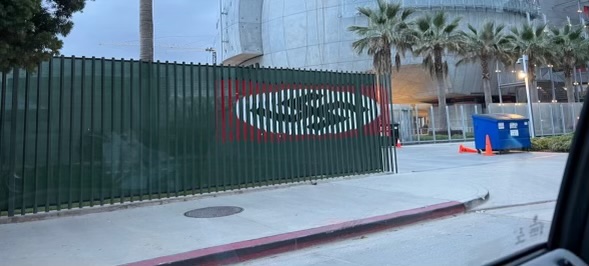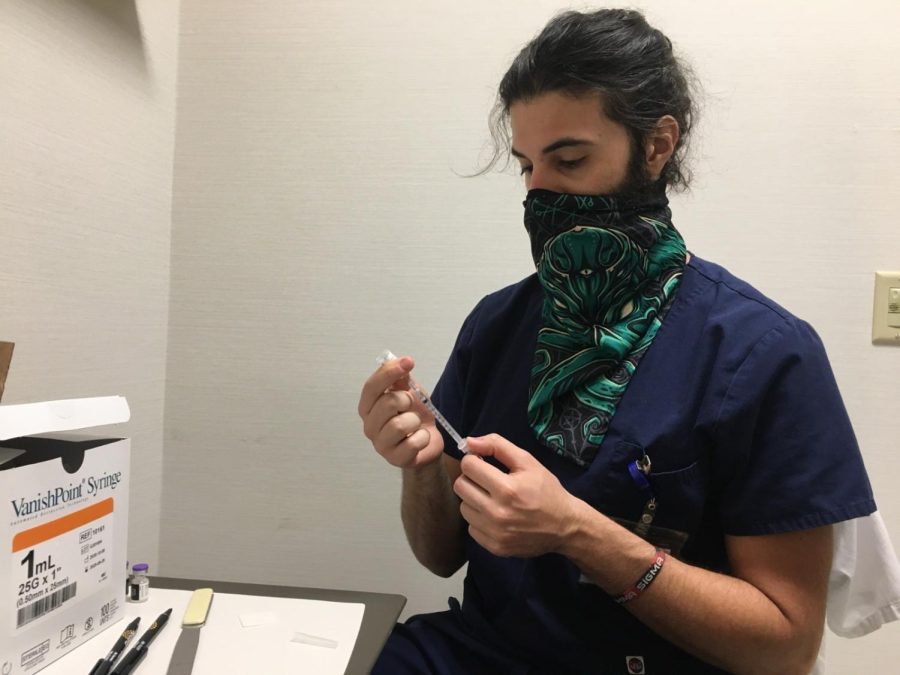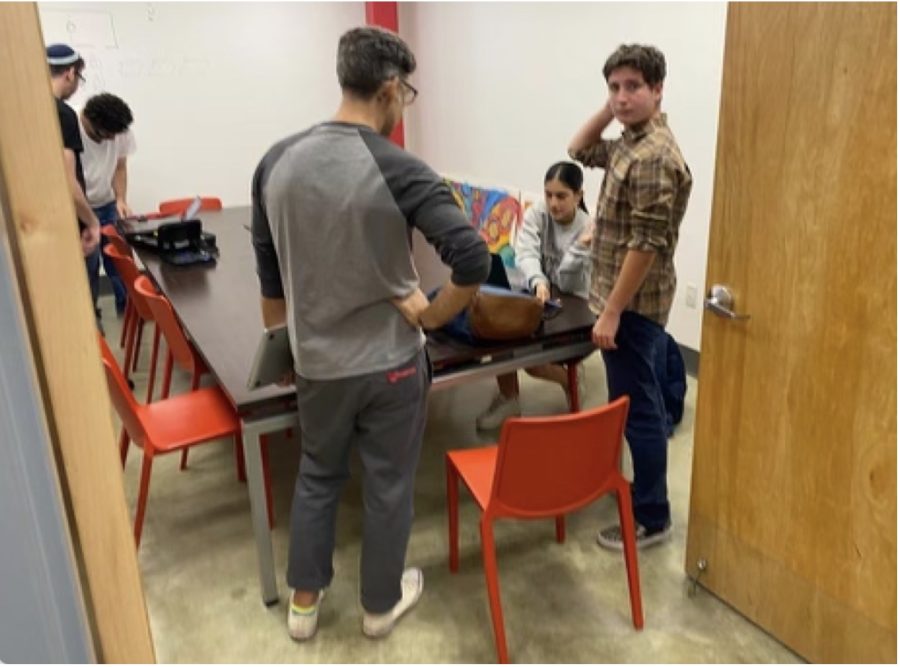Shalhevet has ideal evacuation possibilities and is structurally strong in both buildings, but needs to purchase emergency supplies and write up and implement a specific emergency plan, according to Mr. Richard Druyen from Druyen and Associates, a company that helps schools prepare for 17 emergency situations, including a major earthquake, who surveyed Shalhevet on Tuesday, March 9.
In light of the recent devastating earthquakes in Haiti and Chile, Shalhevet wanted to improve its level of earthquake preparedness after the 8.8 magnitude earthquake hit Chile on Feb. 27, a little over a month after the 7.0 earthquake struck Haiti on Jan. 12. These disasters seem distant, but Los Angeles is an earthquake “hot spot,” located on the San Andreas Fault, according to The New York Times (http://tinyurl.com/ybua7yn).
“This seems pretty stable–it wouldn’t move in a small earthquake,” Mr. Druyen said about the Ark in the Beit Midrash, “But in the case of a major earthquake, like there were in Haiti and Chile, which we need to take into account, this thing could jump as far as the door.”
Shalhevet has a variety of great exits free of potential blocks and not electric wires, so Mr. Druyen is confident in the school’s ability to evacuate the building in an emergency situation. He also said both buildings are strong enough to stay standing after a large-scale earthquake. The ceiling tiles will probably fall, but they aren’t dangerous at all because they are soft and light, Mr. Druyen said.
The most important step for Shalhevet to take is acquiring enough food and water supplies to last each person 3 days and a large, used metal storage box to keep it in. There are emergency Kosher food bars that have all the nutrients and calories necessary that Mr. Druyen suggests Shalhevet purchase. He also recommends purchasing 55-gallon drums of water.
“You want to make sure you can be self-sufficient for 72 hours,” Dave Chameides told The Boiling Point. “You might not receive help until then because people will be too busy rescuing people from buildings.”
The next priority, he said, is for the school to write out an emergency plan based off of the Federal Emergency Managment Agency (FEMA)’s Incident Command System (ICS) and implementing it by training all members of the Shalhevet community in the plans for emergency situations, and training some in “search and rescue” which consists of entering every room and searching for people. Because Shalhevet has so many classrooms, each with ITS own door, “search and rescue” training is important.
Mr. Yossi Kastan, Director of Student Life, and Rabbi Weinbach, Head of School, decided after visiting a few schools, to follow LAUSD’s “drop, cover and hold” earthquake policy which the principals are learning.
In the case of an earthquake, Mr. Druyen explained, people should drop and cover their heads and necks next to the inner-most wall, but not under anything that might fall. The glass in all the windows looking out to the courtyard are not yet coated to be shatterproof like the rest of the windows already are so Mr. Druyen recommends “dropping and covering” as far away from them as possible.
However, Mr. Kastan said the school is going to be using some of its Department of Homeland Security anti-terrorism money to temper the glass within the next few months because, in addition to an emergency, the windows can shatter in the case of a terrorist attack.
Mr. Druyen and his company, have developed a “classroom backpack” containing 50 items, including medical supplies, water, a flashlight, crowbar, attendance lists and clipboard with the instructions of what to do in the case of 17 emergency situations.
“Accountability is key,” Mr. Druyen explained. “If there’s a person left in the building, we need to rescue them. But if someone decided to drive home because they know that school will be canceled and nobody knows, we’ll need to send firefighters into a burning building or teachers into the building with the risk of an aftershock when there’s really no need for that risk.”
Because school ends at 5 and is therefore in session when it’s dark outside, Shalhevet also needs emergency lighting, he added.
As soon as Mr. Druyen sends Shalhevet his recommendations, the school plans to send a letter to help fundraise in order to pay for these expensive but necessary improvements.
Mr. Yossi Kastan has been working on earthquake precautions for Shalhevet since August with Rabbi Weinbach.

